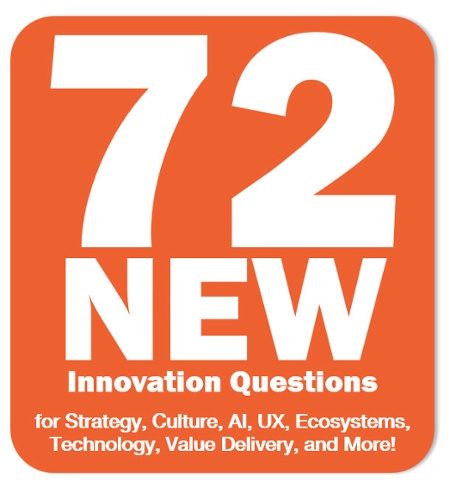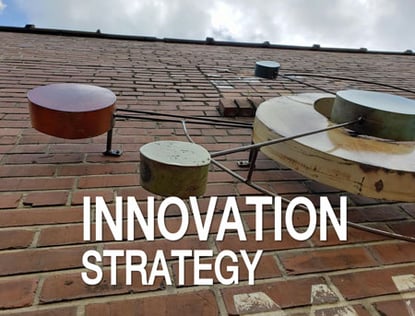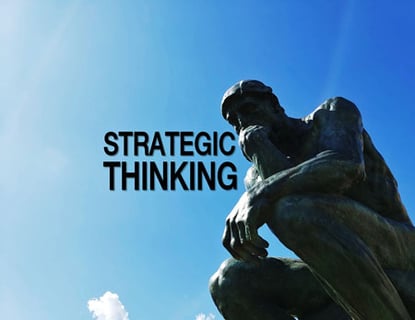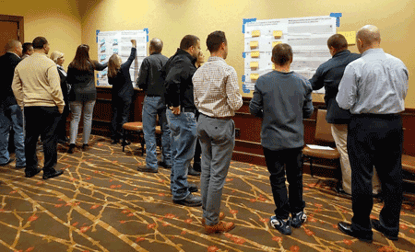Design thinking is a well-known methodology that generates innovative, user-centric solutions. It applies a human-centered and iterative problem-solving approach. The process emphasizes empathy, creativity, and collaboration in addressing complex problems. End-users take center stage within design thinking; there are specific outreaches incorporated into design thinking to understand end-user needs, desires, and pain points.
Key Design Thinking Stages
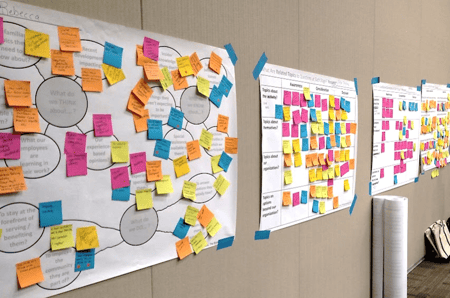
The specific steps can vary based on how an organization applies them. In general, though, these six phases represent important aspects that are vital for successful design thinking.
- Empathic Outreach: Expand end-user insights through seeking their perspectives and experiences, displaying an empathetic, understanding regard for them.
- Problem Definition: Synthesize information and insights developed in the Empathy stage to clearly define the problem to solve.
- Aggressive Ideation: Generate a broad range of creative ideas that address and solve all or part of the problem that’s been defined.
- Prototype Potential Solutions: Concept and develop tangible representations of ideas holding the greatest likelihood of successfully solving problems.
- Test Prototypes: Solicit responses from users to the prototype(s), using their input to refine and adapt the solutions.
- Implement the Solution: Integrate the refined solution into organizational processes, continuing to evaluate its performance and refine it as necessary based on metrics and user feedback.
Applying Design Thinking within Organizations
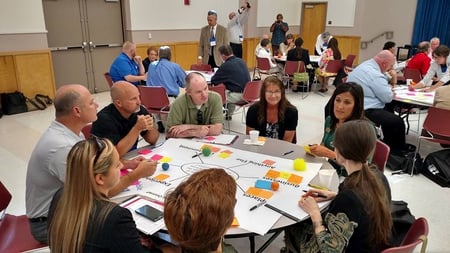
While potentially any product, service, or process that has an end-user audience of humans is ripe for design thinking, these are typical situations where design thinking excels.
- New Product Development: Applying design thinking is well-suited for developing products and services that emerge from and resonate with user needs and preferences. Identifying unique insights and solutions through design thinking leads to stand out brand advantages.
- User Experience (UX) Design: Effective user-friendly and intuitive interfaces and experiences within digital and physical platforms emerge from design thinking.
- Envisioning Organizational Transformation: Organizations facing shifting market dynamics and environmental challenges can adopt Design Thinking to engage multiple audiences to help inform and envision what transformation should entail.
- Solving Difficult Challenges: Design thinking is powerful methodology to address complex and abstract challenges, including improving customer satisfaction, reducing operational inefficiencies, or strengthening employee engagement.
- Realizing Branding Opportunities: Branding and marketing strategies, which, by nature, must connect with end-user audiences are ideally suited for applying Design Thinking.
Design Thinking’s Advantages
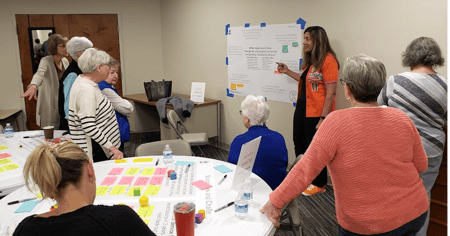
Here are five clear benefits of integrating Design Thinking into your organization’s strategic innovation initiatives.
- Improving User-Centric Solutions: With users playing a central role in Design Thinking, the solutions you develop have a much higher likelihood of reflecting and delivering on their needs; this should lead to stronger customer satisfaction and loyalty.
- Boosting Creative Thinking and Innovation: The practice fosters mindsets that are creative and collaborative. These are the forerunners for generating innovative solutions that break from how things have always been done.
- Better Defining and Clarifying Problems: The initial two stages in Design Thinking open the door for organizations to develop a richer understanding of problems. This serves to increase the potential for addressing root cause issues instead of symptoms.
- Improving Communication: Open communication and cross-functional collaboration are critical success factors for Design Thinking. These characteristics fuel an organizational culture that prizes teamwork.
- Increases Organizational Flexibility: Design Thinking’s iterative nature supports organizations flexing and adapting more rapidly to changing circumstances through integrating new, highly relevant insights into solutions.
Challenges with Design Thinking

Design Thinking isn’t without downsides. Here are a few of common ones.
- Reaching Out to End Users Can Take Time: Design Thinking is a comprehensive process. Working through every specified stage, especially outreach to end-user audiences, takes time. That poses a challenge in meeting aggressive deadlines.
- It Requires a Multi-faceted Resource Commitment: Fully embracing Design Thinking necessitates considerable investments in time, people, and resources. That can put the practice beyond the reach of smaller and lean organizations.
- Change Enemies Will Fight Design Thinking: While this is on the challenging side of the ledger, it’s not necessarily a negative. Employee and stakeholder resistance to cultural changes that accompany Design Thinking will make its implementation more difficult, but not impossible.
- An Organization Must Definitely Eschew Black and White Thinking: Design Thinking goes to town on vague, complex problems that often yield uncertain and hypothetical concepts. For black and white thinkers, that’s a huge frustration. An organization unable to handle ambiguity in the thinking process will struggle.
- The Struggle to Create Meaningful Metrics: Measuring Design Thinking initiative results can be tricky. The solution outcomes are often qualitative and subjective. Finance and accounting people hate any result that’s not a number. (That’s why Brainzooming developed and advocates Whole Brain Metrics.)
Ready to Embrace Design Thinking?
Another challenge that we routinely hear from clients who’ve pursued Design Thinking is the challenge in turning it into tangible outcomes and results beyond the initial outreach and concept development.
That’s part of the reason Brainzooming has never been strictly all about Design Thinking. We place significant emphasis on thinking about implementation from the start of the design process to ensure we’ve gotten ready to move forward by the time we get to that point.
Want to talk about maximizing Design Thinking’s benefits while simplifying the process to make it work best within your organization? Let’s chat and see what the possibilities are for your organization. - Mike Brown

